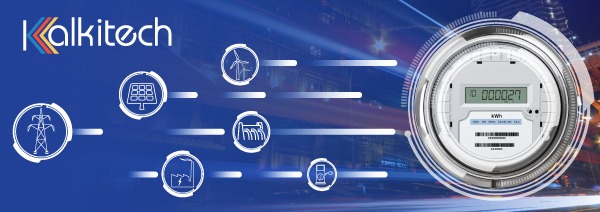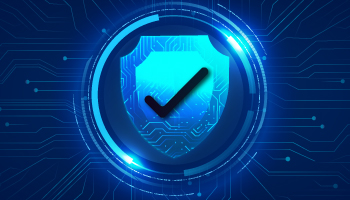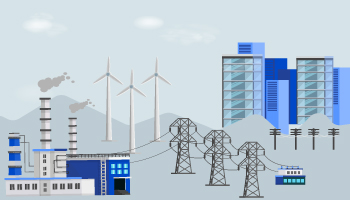Configuration Management & Fault Analysis System for a Large Transmission Company
Kalkitech December 20, 2023

Kalkitech December 20, 2023

Centralized Remote Fault and Event collection and configuring system for IEDs / Relays and Centralized Automatic Fault Analysis system
Scale: More than 200 Substations & More than 5000 IEDs. Largest asset monitoring project in the country’s transmission network
Business Case:
The customer is one of the largest transmission utility companies in the world, with a near 100,000km transmission network and over 200 EHV / HVDC substations. They planned to set up remote access and automatic fault analysis system from each of its substations across an area of 2.5Mn sq. km. The main functionality desired was the automatic remote collection of the Disturbance Recording (DR) files, and Event Logs (EL) from the various devices in the substations, and download to a central National Transmission Management Center, through multiple Regional Asset Management Centers spread across the country. The utility wanted to remotely view, configure devices, collect disturbance, and event data, making it possible for the substations to be unmanned and operated / maintained remotely.
Solution Components:
Key Benefits:
Webinar Video Recording Link:

June 12, 2025
The DLMS Server SCL has been enhanced with several feature additions aimed at empowering meter manufacturers and OEMs with new capabilities, improved interoperability, and enhanced security. The following are the key customer benefits as well as the significance of these additions: Key Customer Benefits…
Know More
April 10, 2025
We are proud to announce that Kalkitech's Kalki.io platform has successfully completed the System and Organization Controls (SOC) 2 Type II examination. This significant achievement highlights our deep commitment to…
Know More
April 9, 2025
Residential Use Cases: Smart Homes: Homeowners can use IEEE 2030.5 to integrate smart home systems such as solar panels, smart meters, and electric vehicle chargers. This allows for dynamic energy…
Know More